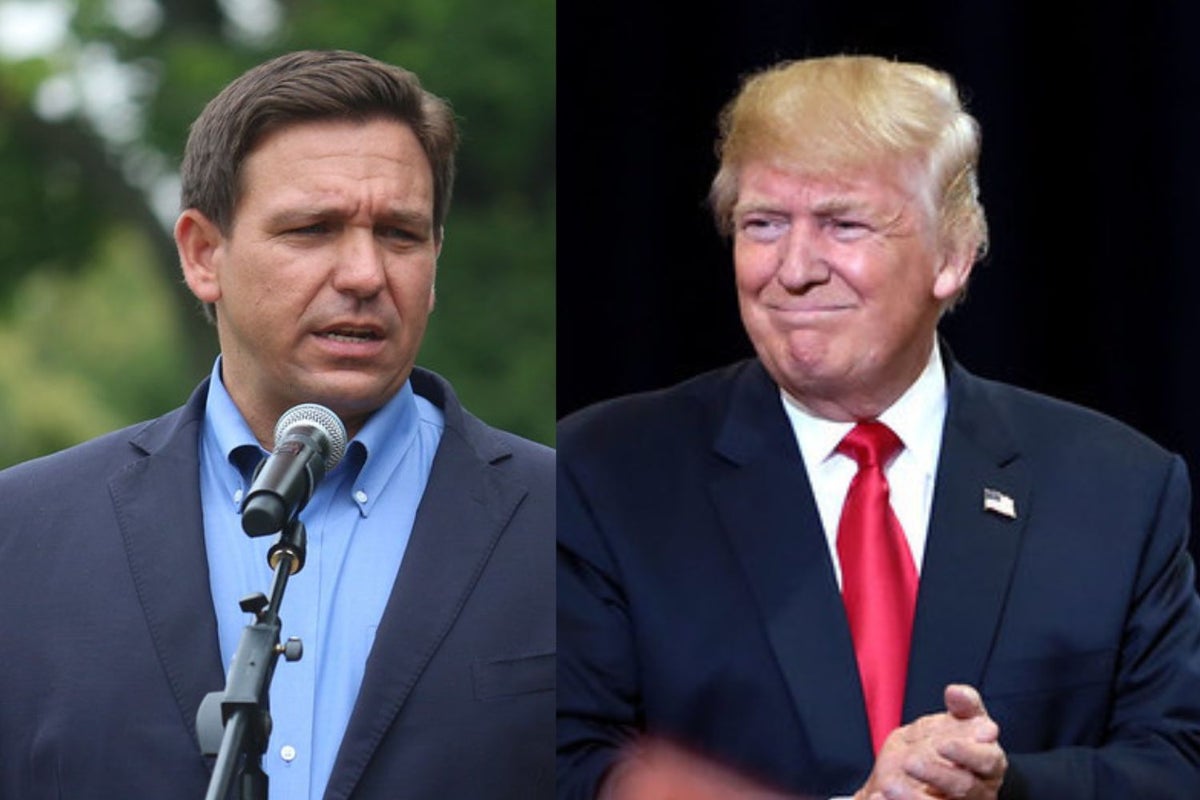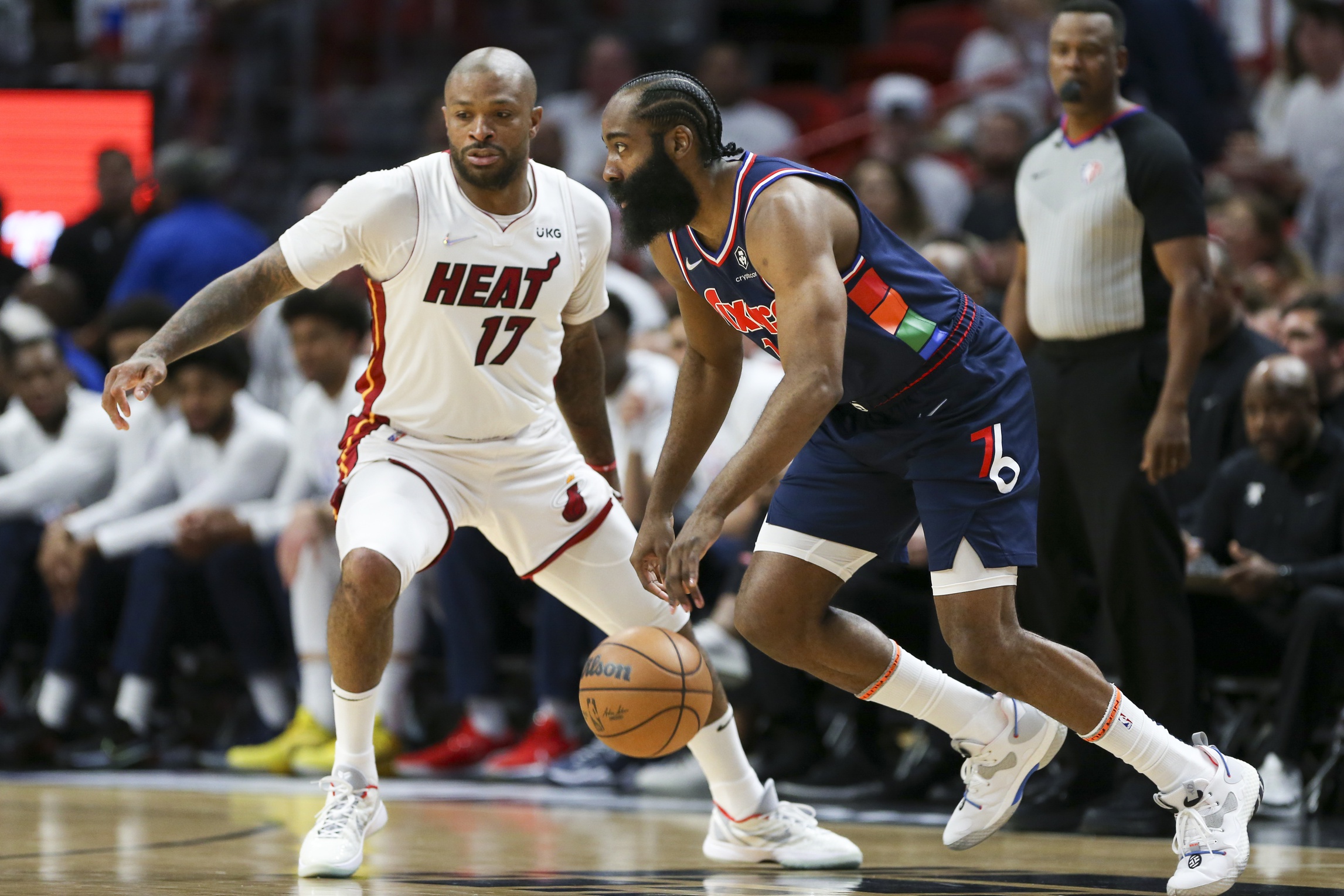Coup’s Notebook Vol. 8: Erik Spoelstra’s Favorite Play, Miami’s Undrafted Collective And The Let It Fly Rate

The Miami HEAT, still shorthanded due largely to injuries, are 20-13 and sit No. 4 in the Eastern Conference. Here’s what we’ve been noting and noticing:
IVAN TAKE CHARGE
“My favorite play, by far, without a doubt, of the season and of the game and of everything.”
That’s Erik Spoelstra talking after Miami’s nail-biting victory over the Detroit Pistons Thursday night. This is the play he’s talking about:
“These guys could have a competition for their entire career and the rest of their lives, who can draw more charges,” Spoelstra continued. “Who ended up getting the charge?”
“It’s not a double charge. I got the charge,” Lowry made sure to let everyone know about ten minutes later.
Miami drew six charges against the Pistons on Thursday, the most in a single game for any team in this or the past three seasons. They now have 54 on the year. Second place is Brooklyn with 27.
“We don’t have shotblockers, so we got to find ways to protect the paint,” Lowry said. “That’s why I take charges. I think it’s a contagious type thing, helping and being in the right spots and sacrificing your body. A charge is deflating to the opposing team.”
Lowry leads both the team and the league with 19 charges taken this year. Nobody on the HEAT is catching him, but the race for second is hotly contested with Dedmon, Tucker, Strus and Vincent all between five and seven.
“We’re small,” Strus said. “We’re undersized. We got guys that are just gritty and are in the right spots at the right times. Kyle is usually a league leader in charges, and that’s somewhere I want to be, too. I love taking charges.”
UNDRAFTED, UNBOTHERED
You may have heard by now that this season’s HEAT team is loaded with undrafted players. The undrafted population in the league is only growing with so many new players signed with hardship exemptions while regulars go in and out of health and safety protocols, but the HEAT are still among the very top in the league with eight players (Robinson, Strus, Vincent, Martin, Dedmon, Yurtseven, Haslem and Garrett) who were not selected in the first two rounds of the draft.
What you might not know is how the production Miami is getting from those players compares historically.
The 83 points Miami got from undrafted players against the Orlando Magic on December 17 was the second most this season (86, Houston) and in a five-way tie for the eighth-most ever in a single game. The record for undrafted points is 94, set by the Indiana Pacers last May. The HEAT got 27 points from Gabe Vincent and 32 from Max Strus in Orlando, each setting a new career high.
Miami also has 1,412 total points from undrafted players this season, which is sixth-most all-time through the first 33 games of the season. This season’s Houston Rockets, led by Christian Wood’s 17 points a night, are currently the all-time leader in this category with 1,687 points. There’s a good chance they break the record for undrafted points in a season set by the 1999-2000 Orlando Magic, who were led by Darrell Armstrong, Chucky Atkins, John Amaechi, Bo Outlaw and Ben Wallace.
Undrafted players have always been something of a market inefficiency simply because it’s all about what you can make of it as a franchise. If you have the necessary combination of good scouting and good player development, there’s nothing stopping you from signing a player every other team in the league has an equal opportunity to court. For teams such as the HEAT that have a history of trading their draft picks, particularly second rounders, there’s great value to be had in getting first or second round production from the free agent pool.
It’s a different game today than it used to be. When Udonis Haslem went undrafted in 2002, he went to play in France for a year as he worked on his conditioning before signing with Miami the next offseason. With the NBA G-League an increasingly viable option for players coming out of or even bypassing college, and most NBA franchises attached to a single team, now you have teams signing players like Duncan Robinson after the draft, or Strus and Vincent from other G-League teams, and completely integrating them into their programs. Summer League. Training Camp. Offseason workouts. G-League. Two-way contracts. It’s far more of a true minor league system than it ever was before, and as such records for undrafted players, scoring or otherwise, are only more and more likely to be broken.
THE BLITZ GIVETH, AND…
Blitzing the pick-and-roll is as popular as ever, weirdly enough. After more than half a decade of the league’s most popular coverages emphasizing keeping players out of rotation and the ball in front, it was genuinely surprising to find that the average NBA team blitzed more pick-and-rolls this season (3.1 per 100 possessions) than they did in 2013-14 (2.4 per 100), which is as far back as the Second Spectrum tracking data goes. Granted, blitzing was already losing popularity by then with only the Finals-bound HEAT propping up its usage, but there’s no doubt that teams like Portland and Minnesota have been going off trend themselves. Miami led the league last season with about nine blitzes per 100 possessions, while both the Blazers and Timberwolves are at that number today.
The HEAT’s blitz usage was down this year, for a time, as Erik Spoelstra concentrated the coverage into Miami’s bench units when Dewayne Dedmon was on the floor. But now with Dedmon – who injured his knee and left the game Thursday against Detroit – starting in place of an injured Bam Adebayo, they’re back at nine blitzes per 100 themselves.
It’s predictable when Spoelstra will use it. If a team relies heavily on a single high-usage playmaker, particularly one who is a threat to pull-up from three behind a screen – Doncic, Curry, Lillard, Beal, Young, etc. – then the only surprise is if Miami doesn’t jump two on the ball and force more one-dimensional players to make plays.
Just as they wasted no time giving Doncic the All-Star treatment in his rookie year, Miami did the same with Cade Cunningham last week. The intended results played out, as Cunningham took just four shots (Detroit was missing Jerami Grant) and committed four turnovers. But during the most important stretch of the game, Cunningham was heads up enough to play into the coverage and skip over the top to the weakside shooter.
“In the fourth quarter they broke free for some open j’s,” Spoelstra said. “Cunningham made some good plays out of our traps, out of our blitz, just heady plays for a young player.”
Ultimately the HEAT lost that game because they couldn’t put enough offense together, and the aggressive coverage was absolutely the right move given Detroit’s lack of playmakers and shooter (8-of-32 from three in that one). But credit where credit is due to the No. 1 pick in the draft for adjusting on the fly and making two big time plays down the stretch with Miami giving him the respect of the blitz.
THE LET IT FLY RATE
We’ve already discussed Miami’s recent surge in three-point rate earlier this week so we don’t need to belabor the point, but in that piece we did note that Miami’s is taking threes at a historically high rate. So, for proper context, here are the Top 10 teams since 2010 with regard to the percent of total team field-goals taken beyond the arc:
1. Houston (2018-19): 51.9
2. Houston (2017-18): 50.2
3. Houston (2019-20): 50.1
4. Utah (2021-22): 49.1
5. Utah (2020-21): 48.8
6. Golden State (2021-22): 47.3
7. Houston (2016-17): 46.2
8. Minnesota (2021-22): 45.9
9. Houston (2020-21): 45.9
10. Dallas (2019-20): 45.7
In the 11 December games since Adebayo went down, the HEAT are at 47 percent (this is a different version of the metric than we used in the earlier article, for historical purposes), so they would slot in right at No. 8 there above this season’s Wolves.
If you’re curious, the league leader in the 1989-90 season was Cleveland at 12.2 percent. Ten years later the Boston Celtics led the league at 25.2 percent, trailed by the 2000-01 HEAT at 22.1 percent. Different times, these.
TIDBITS
-The HEAT have the lowest free-throw rate in the league in December. That tracks, given they’ve been missing the only two players on the team averaging more than three free-throws a game. Given that getting to the line is a skill, it’s not fair to expect other players to suddenly draw more shooting fouls just because the ball is in their hands more. That’s not how it works. Something to keep in mind next time there’s a large free-throw disparity with Miami’s opponent. Sure, there are missed calls in every game but big-picture, free-throws are not a part of the winning formula for this version of the HEAT.
-Since November 1 – this is not just an injury thing – Miami is down to No. 15 in Offensive Rebounding percentage (per cleaningtheglass.com). During that same span of time, they’re allowing teams to play in transition off live rebounds more often (30.5 percent of possessions) than any team outside of Sacramento (33.4 percent). This is always one of the more interesting statistical relationships to keep an eye on, and it’s pure cost-benefit analysis for Spoelstra. Clearly there is value placed on the added possessions that come from hovering around league average on the offensive glass.
-No team in the league commits fewer live-ball turnovers with 48.6 percent of Miami’s giveaways leading to a stoppage.
-Udonis Haslem’s seven-point third quarter against Detroit was his first such quarter since April of 2019, and second such quarter since November 2015.
-Entering December, the last time the HEAT had hit a go-ahead three in the final 40 seconds of a game was Tyler Herro’s memorable shot against Philadelphia in December 2019. Miami now has two of those shots in the past 10 days, with Gabe Vincent hitting the game-winner against the 76ers and Max Strus hitting one from the corner against Detroit on Thursday.


